Documentation in a running training diary/app, tests, analysis and evaluation of training is important for good quality in the training process. Information about completed training and change in performance means, that you can prepare new running training plans and thus complete training in an ever-better way. How to train for a marathon – 10 tips from top runners are about learning how to optimize your resources.
Today, there are tons of apps to choose from, to help with doing this work for us. So, how to plan running training with the best athletes as role models will be easier available today – if we choose to do it with the right purpose.
Documentation of Your Running
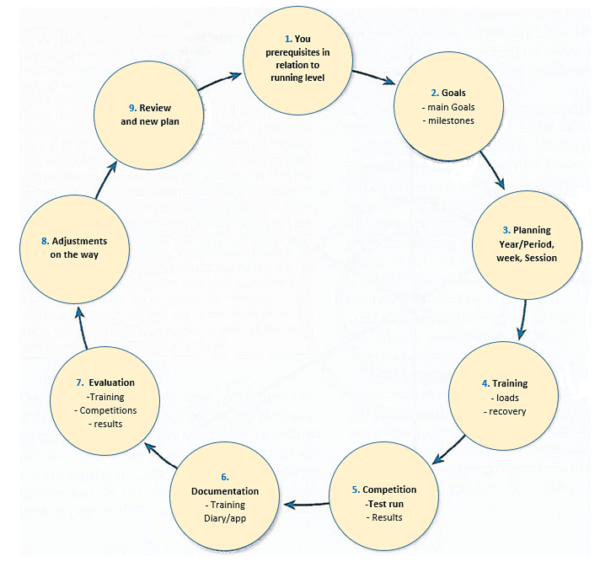
The question is therefore, whether we remember to include the essentials clearly, so we avoid being overwhelmed by all the technical opportunities in an app and hereby forget the most important. I think it’s a good idea, at least to be aware of this. So, below is an overview of how a yearly running training plan could look like:
By looking at circle 3 in Figure 1: The Training Cycle above, you can see that to complete the tasks in the big circle does not necessarily have to start as a one-year course. Training planning means preparing short- and long-term training plans. You can customize it to the time period you choose.
The Running Training Plan and documentation are first of all important for YOU. You should also know that some of the world’s best athletes training diaries have formed the basis for the preparation of new training plans for the next generation of talented athletes. Successful runners are often an inspiration for younger runners.
When we were children and teenagers, many of us had our sports idols hanging as images on the wall, and their training diaries often provide a good insight, that can help the younger talented runner to get a training plan laid out, with an appropriate progression in training time, intensity and use of different types of training.
Training habits today
Much of the knowledge and documentation from this area, which shape today’s training habits, schemes, etc. comes from a Coach-Athlete relationship, and particularly written training diaries. Maybe running training plans started being more public with one of the greatest coaches of all time Arthur Lydiard and his book Run the Lydiard way from 1978 – today there is a newer version.
from 2017 In this book, he describes detailed and with outstanding success how he worked with some of the best runners in the world at that time. His running attitude and principles are still very relevant today. You can also choose his similar book revised and published in 2021: Running to the Top
Your Personal Running Training Plan
It can be a bit complex area, so I will make it simple. Let’s take a tour through the Training Cycle from figure 1 above. I have given each step in the circles a number and they build naturally on each other because much of the planning is based on what has been done earlier. It all starts with:
1. You. What are your preconditions – running level?

A training plan shows a direction and is an important tool for managing and optimizing the training load and performance development. In basic, good preparation is about ensuring both a good running experience, but also preparing the body as best as possible to avoid running injuries. Below is a couple of examples to find your running pace/level.
A way to determine your running level and pace could be by finding a place where you can run for 15 minutes. Use your watch and start running at your talking pace (Borg Scale). If you can have a conversation without gasping for breath when you run, then you have found the right pace, keep it there.
The ability to speak indicates that your muscle cells have not reached a level where they gasp for oxygen. After 15 min., you turn around and run back again. When you reach your starting point at 30 min. you have found the right pace.
Find your running level
If you did not hit the pace the first time, you must try another time until you hit the same time on your 15 minutes out and 15 minutes home in 30 min.
Run with a training buddy and use the Borg scale. If you run with a partner, you can talk to each other and hereby keep the right pace. You can also consider joining a running club, where they often have experienced runners, who can help you to keep the right pace through a distance.
The heart rate monitor is also a good pace tool. If you are beginner, I will recommend that you run 60 – 70 % of your heart rate reserve. When you run at a steady pace, you train your inner sense of pace – an important trait when you have to run longer distances later in the process.
2. Goals – main Goals and milestones
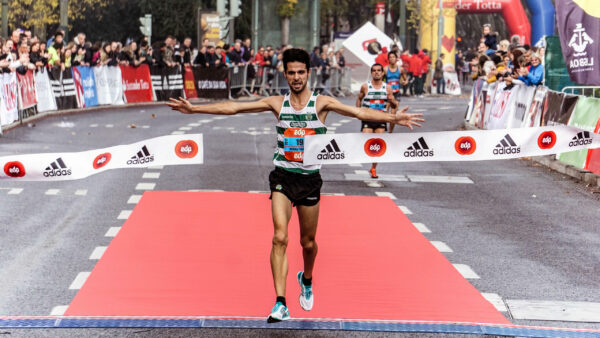
A goal is a description of what you want to achieve in the training process. When you have found your running level, you are ready to start your basis training, which is a part of running at all levels. So, it’s a good idea to find a goal in the future and then choose a plan to meet this goal.
This means, finding a running program to follow, that fits your current level. Your first goal could be to follow the basic training program to the end.
If your current level makes you capable to run a marathon 6 months from now, you can find a marathon on the internet and start your preparations with the training circle, which along the way will include test runs or races at shorter distances (milestones), that show whether you are on track or the running schedule needs to be adjusted.
3. Planning – Year/Period, week, Session
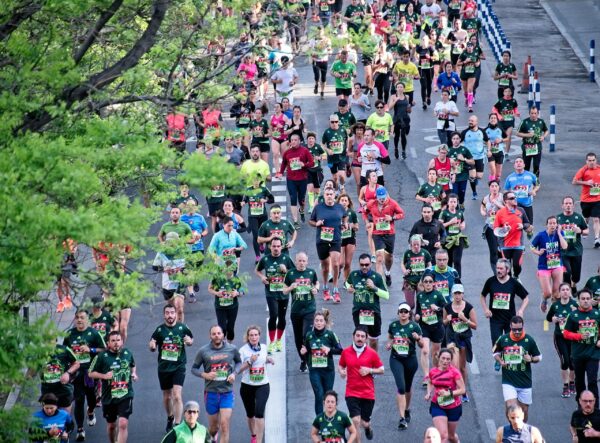
The year plan has as its main purpose the coming season and is about performance, development, training status and the experiences gained along the way until now.
Let’s take an example, you decide to run the London Marathon 6 months from now meaning a 26 weeks period to plan the course toward the London Marathon.
You can estimate your finish time, by running 5k at an easy/moderate pace – the pace you expect to complete your chosen public race with. Insert your 5k time here time predictor then you can read the Predicted Race Performance on the marathon.
When you have calculated the estimated finish time, you can start the planning: You have a starting point and an endpoint. The period plan could include these points:
- Main goals and milestones for training.
- Times for test run/competitions.
- Desired performance development and a Shape top on race day.
- The amount of training and the load structure from week to week.
- Training duration (time)
- intensity distribution
- training forms and activity forms in the different weeks (ex. Cross-training, intervals, LSD).- training hours and number of sessions divided into different intensities.- Training hours divided into different forms of activity such as e.g. cross-training
4. Training – loads, recovery

For some of us, it can be tempting to train often and preferably every day. But that will not always be wise. When you train, you break down the body’s tissue, which then at rest builds up again to a stronger version than before you started the training.
The phenomenon is called supercompensation and is the basis of all shape progress. It is important to have great respect for this mechanism during training planning. So, the training builds you up instead of breaking you down by overtraining.
There is a big difference in how long recovery takes. It mainly depends on physical fitness, age – it’s obvious that the younger you are the faster you recover – and training intensity. If you are in good basic shape and have been running for at least 6 months, you can as a rule of thumb, use these recovery times:
After a long LSD run in easy/moderate pace: 24 hours
After a hard run in LT – pace: 48 – 72 hours
After high intensive intervals/sprints: 72 – 96 hours
After an easy run of medium length: 12 – 24 hours
The difference in recovery time after the different training runs is due to the fact, that there is a large difference in how much load you have exposed the cardiovascular system, muscles, joints, tendons and immune system for.
The harder you have trained, either through high intensity or many kilometers, the longer it takes for the body to recover. Studies have shown that e.g. The immune system can be measurably weakened for an entire week after a marathon race, while muscles, joints and tendons need at least three weeks to recover.
5. Competitions, Test runs and Results
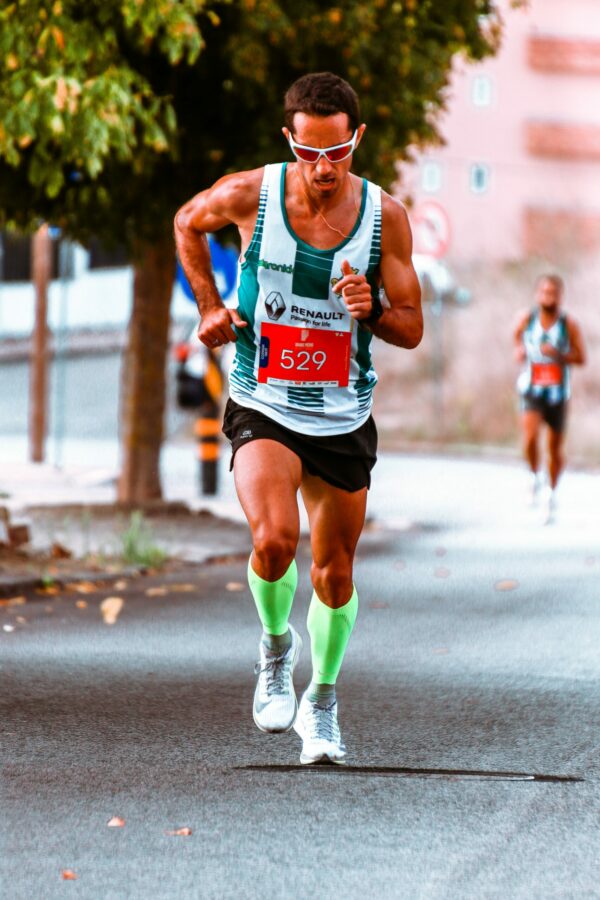
When it comes to running and the long distances, you will often see competition- and test runs in a program. Competition here is also, on shorter public races as preparation for the main goal.
On the longer distance like a half-marathon or marathon, is the purpose to keep up the motivation, sharpen the mind, and experience the environment around public races.
Regular tests are part of a good training program. Tests should be performed at the right time and be adapted to the training plan.
When I was a competition runner, we had test runs of 3, 5 and 8 km. Test runs can provide information about changes in performance and whether the performed training has the desired effect.
When we do the test run it’s a control of the Now-state, as a measure of whether the performed training has given the desired progress or a decline after a completed training period. Test runs also allow the runner to compare his performance over time and this can increase motivation.
It is a benefit when the test run is in the same place in the same environment and at about the same time of the day. It provides the best basis for comparison.
6. Training diary/app
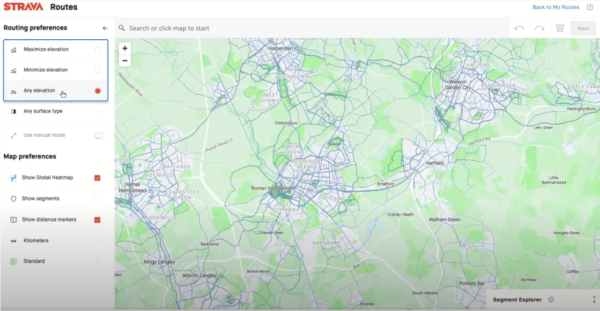
Today most of the training registers electronically in e.g. spreadsheets or in apps such as Strava, Runcoach or Garmin connect. So, at the highest level within sports, the training diary/app could be an important link between the coach, runner, and other support or you can be your own coach.
The content in the app can form the basis for weekly and monthly conversations between coach and runner. The content of the training app will be best if it is filled out correctly. When we compare the content with the runner’s results in tests and competitions, it will be a good starting point for finding out:
• What succeeded and why
• What did not succeed and why
The vast majority of us are obviously not at this level, but that doesn’t mean we cannot use it and adapt it to our needs.
If a training app or sports tracker has to be used, it must be simple and the runner should only spend about 5 -10 minutes registering the day’s training unless you prefer to perform statistics and other processing that are available, once you have uploaded the training online.
Training Registration
If the training diary has to be used actively, it should of course be possible to plan, document, and analyze the training. A good web-based training app could have the following options and features:
- The training can be documented online, right after the training has been completed, then you have access to all your training data in one place over time.
- Heart rate- and GPS data can be transferred directly from your sports watch to e.g. Garmin Connect online. Today, I use Garmin Express immediately after training, when I get home, I connect my watch to my PC via Garmin Connect, transfer data and check my average heart rate and other data important for me.
- The training app has some unique statistical possibilities using functions where: The training can be displayed graphically and in tabular data per week, month and season. You can compare the training from period to period in e.g. different years.
There is a search function that quickly provides an overview of desired training sessions. - You can perform year, period, week and session planning.
- It is possible to record day parameters such as sleep, motivation, injury and illness.
- Other data that you find important
7. Evaluation/Analysis – training, competitions, results
Sooner or later we will experience something that isn’t as it should be. Our running results become worse or not as we expected. Often the reasons can be obvious such as injuries, but sometimes the runner is not sure why!
Lack of training progress cannot always be explained by key figures, such as the number of training hours and training sessions, the distribution of training intensity, or which training types, movement forms or training exercises have been used.

In such cases, we need to make a more thorough and detailed analysis of each training session and how the individual training sessions are put together, both in a short- and long-term perspective.
Lack of performance development – running progress can also be due to nutrition, sleep, illness, injuries, family, studies, work and other lifestyle challenges.
Therefore, it would be a good idea to update yourself with the diary or have a coach/friend, so you can get some sparring around these matters and find a solution.
We can also find positive patterns, besides a good race time and feeling good all the way in the race, it could be studying the diary and finding something, that wasn’t obvious before we looked closer at the key figure and other statistical material.
8. Adjustments on the way

The goals/milestones that have been set up, are important to look at in the season. When we look at all the conditions and they are okay, it’s also important that the results meet the goal or should the goal have been different?
The factors that most often require adjustments in the goals along the way are illness, injuries, overtraining or incorrect training. The most common illness genes are infections in general such as colds, anemia and the like. which may be the cause of impaired performance.
Injuries are very disruptive to the training. As runner, you should therefore focus on preventive activities, mostly by the way we manage the training but also by e.g. having more pairs of running shoes, that are different in their structure, so you don’t load the body, in the same way, every time you run and to include cross-training in the program.
Overtraining
Over-training or incorrect training can also be a problem. Overtraining can occur when the balance between training load and time to recover is inappropriate.
It can be too intense training, too one-sided training or it can be too much training in general in connection with other stressors in life.
The recovery process can be affected by illness and lack of sleep and rest. Overtraining can be a persistent condition and the time required to regain surplus can extend over several months.
Symptoms of overtraining are impaired performance, which often means that the resting heart rate is increased.
The reasons for incorrect training can be, that training that should be low-intensity has too high an intensity, and there is too little variation in the intensity of the different sessions.
This means that the low-intensity training is similar to high-intensity training and that the total low-intensity training becomes too small!
The consequence may also be that there is too little variation in relation to which muscle fibers are recruited. This puts too much load on the same muscles. Be aware.
The point is, continuously evaluate your milestones and your main goals. If they have been too ambitious or too unambitious, then make them more realistic by adjusting them based on the progress you have experienced so far.
9. Review and new planning
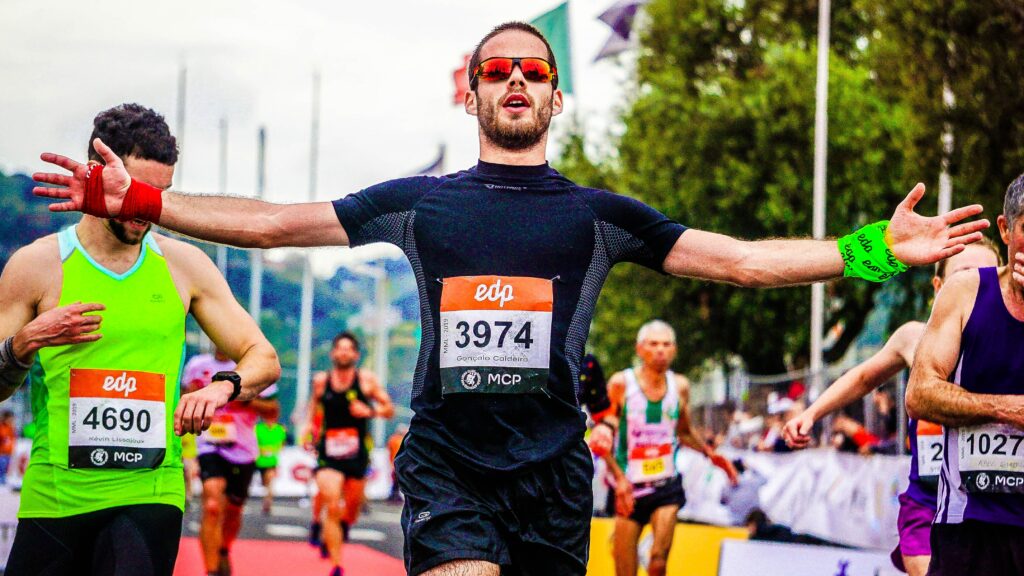
You are now one step from your starting point of a new season/Period.
When you are here, you should use analysis and data from the training diaries/App in the planning process. The practice among some of the world’s best sports athletes is, that the summary of the training year, will be used in the planning of next year.
The material provides important information that can ensure, there is an appropriate progression, variation and targeted activities.
Maybe you have written that you were injured by too much intensive training. You can then e.g. perform cross-training in a fitness center as an alternative and do fewer intensive runs in next year’s training or the very effective HIIT Training.
Final Thoughts
Most of us are not at the absolute top-level in sports for obvious reasons. But we can still learn and use something from the top athletes and thus achieve improvements at our own level.
The training circle also provides a good overview bringing confidence, since you can plan in advance and reduce the uncertainty when we sometimes e.g. becomes too nervous before a competition.
It creates structure in the training process. You know what to do when to do it and why you do it along the way. It can also give certainty knowing that I have a plan here.
If you are interested in running training plans, I hope you get something out of this post and if you have any questions about the topic or want to leave your own Personal review, please leave a comment below.
[faq-schema id=”2301″]

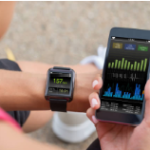




I never thought running could be actually optimized by planning it, much more for a year! I used to be a track-and-field athlete when I was younger but as I grow old, I am not excited about running as I used to. Now I find it so tiring, perhaps due to age. I like that what you’ve written has debunked my marathon “issues” and that I may have had those “issues” because I could be doing it all wrong (i.e., not in the right mindset). I felt so ignorant that I just learned about the Borg Scale today. I clicked on it to learn more, and I actually bookmarked it. I used to wonder how marathoners can actually sustain their energy throughout the race/run, and this one nailed it. I love how you have written in great detail to help others plan their marathon. Very helpful, sharing it with a friend who’s so crazy about it. Thank you so much.
Hi
Thank you for the comment. I really appreciate it.
Happy that you could use some of the content.
Be Well
Hello there! this review is an amazing and unique one. I am sure the informations you provide here will be beneficial to any reader who come across it. I have already saved this post so I can share it with my daughter who is an athlete, I am sure this will be of great help to her. Thanks for sharing!
Hi Joy
Thank you for your comment. I really appreciate it.
Happy that you could use some of it.
Be Well